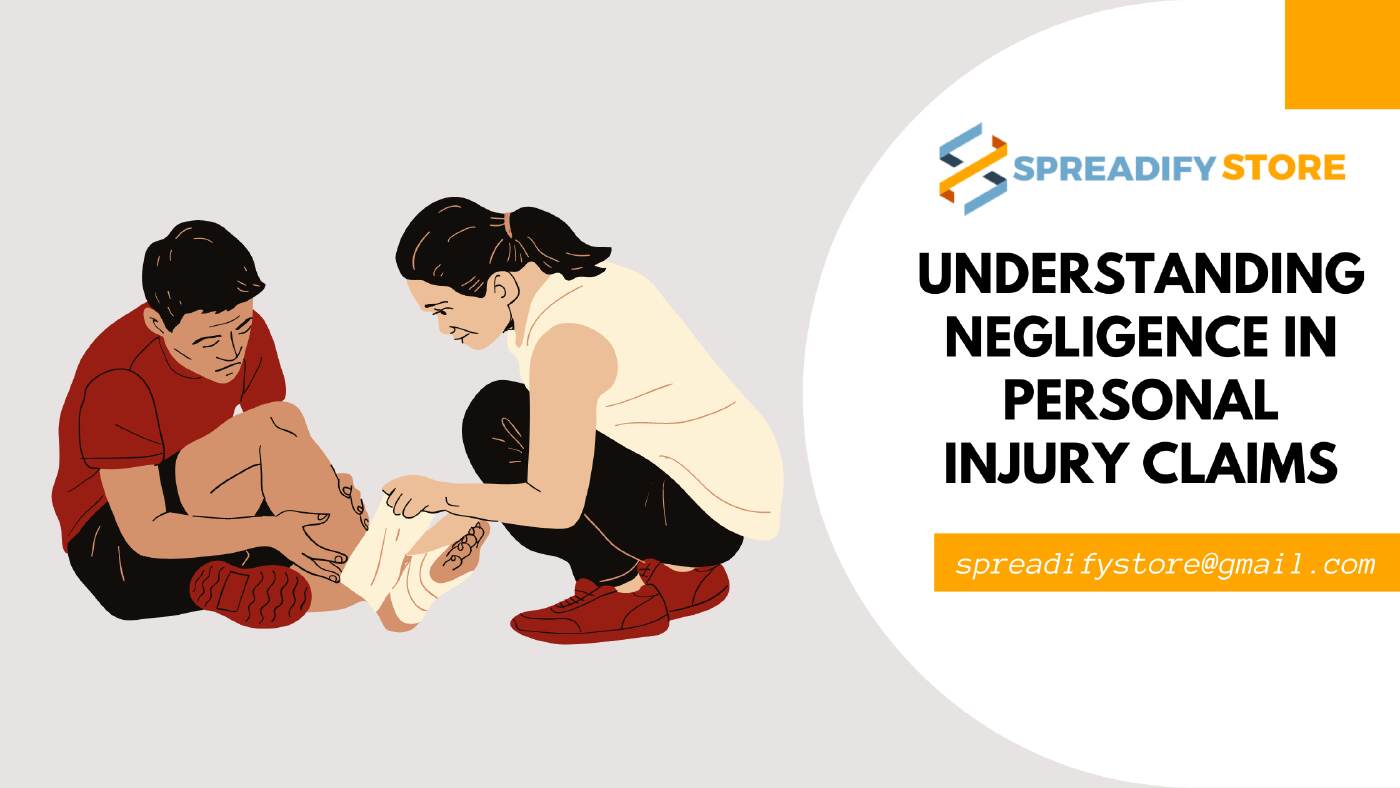Accidents can be daunting and challenging, so most people become so overwhelmed by them that they don’t understand which steps to take. It is essential to file a legal lawsuit when you have faced an accident as soon as possible. If you don’t know much about the rules and regulations of a legal lawsuit, you can hire the best legal attorney who can guide you. Moreover, a legal attorney also makes sure that you get enough rest by handling everything on your own. From the lengthy and time-consuming paperwork to investigating the intricate details of the case, and then to negotiating with other parties in favor of the client, a legal attorney will do it all for you.
If you are living in Corpus Christi, you can hire a personal injury attorney corpus Christi, as they have years of skills and experience. They make sure that the journey of the legal lawsuit becomes easy and smoother for their clients. Moreover, a legal attorney will figure out what things can negatively impact the legal lawsuit and make sure you don’t commit such a mistake.
Duty of Care: The Foundation of Negligence
The roots of the legal principle of negligence in Personal Injury Claims are laid on duty of care as a concept. Essentially, the duty of care is a responsibility that individuals and business entities have to act with due diligence toward other people. However, this responsibility is not general but specific to the situation and relationship between parties.
In the field of law, it is imperative to determine duty of care in order to establish if there was any negligence involved. For instance, motorists on the road owe a duty of care to other drivers and pedestrians; physicians have an obligation to those who receive treatment from them while property owners should provide reasonable safety for individuals entering their premises. As a reasonable person would do in the same situation, there is an expected standard.
The determination of duty of care paves the way for assessing other components in a negligence action. Providing an opportunity to prove liability for injuries sustained as a result. Courts closely scrutinize the circumstances surrounding perceived negligence in order to determine if there was a duty owed and its dimensions.
Breach of Duty: Unraveling the Negligent Act
After a duty of care has been proved, the next important component for negligence claims is breaching that duty. Duty violation takes place when the responsible person fails to exercise a certain level of care appropriate in any given situation. This lack can take different forms such as irresponsibility, carelessness. Or lack of concern with regard to the safety and welfare of others.
A breach of duty entails a painstaking scrutiny of the conduct or inaction by an accused party. It is often based on expert testimony, witness statements as well as a detailed assessment of the facts and circumstances.
The level of care can also differ according to the situation. For example, the duty of care attributed to a physician is higher. He or she has acquired specialized knowledge and skills. On the other hand, a driver is required to use reasonable care when driving. The assessment of the breach is factual, context-dependent and demands a careful analysis in every situation.
Causation: Connecting Actions to Consequences
Causation is one of the most important elements in proving negligence and establishing liability. It entails proving the relationship between breach of duty and damages suffered by plaintiff. Two key components comprise causation: causation in fact (but-for causation) and proximate reasoning, or legal cause.
In causation in fact, it would have to be demonstrated. So, that the injury could not otherwise rise if not for the wrongful act. This factor presents a direct relationship between the acts of the faulty party and harm inflicted on the plaintiff. Conversely, proximate causation entails determining if the damage was a predictable result of breaching.
Proving causation involves in-depth knowledge and understanding of all the events that preceded the Personal Injury Claims. Proving causation often involves expert testimony, medical records and a detailed chronology of the sequence of events. Such courts place scrutiny on the causal connection in order to ensure a sound and equitable liability judgment.
Damages: Quantifying the Impact of Negligence
The last point in a negligence case is to establish damages suffered by the plaintiff. Damages are the tangible and intangible losses arising out of negligent act. Such injuries encompasses the medical bills, loss of income incurred therefrom. And any losses that can be quantified such as pain and suffering emotional distress.
First, it is important to prove damages because the latter forms the basis for determining compensation. The magnitude of the Personal Injury Claims greatly determines damages.
Also Read:

What i do not understood is in truth how you are not actually a lot more smartlyliked than you may be now You are very intelligent You realize therefore significantly in the case of this topic produced me individually imagine it from numerous numerous angles Its like men and women dont seem to be fascinated until it is one thing to do with Woman gaga Your own stuffs nice All the time care for it up